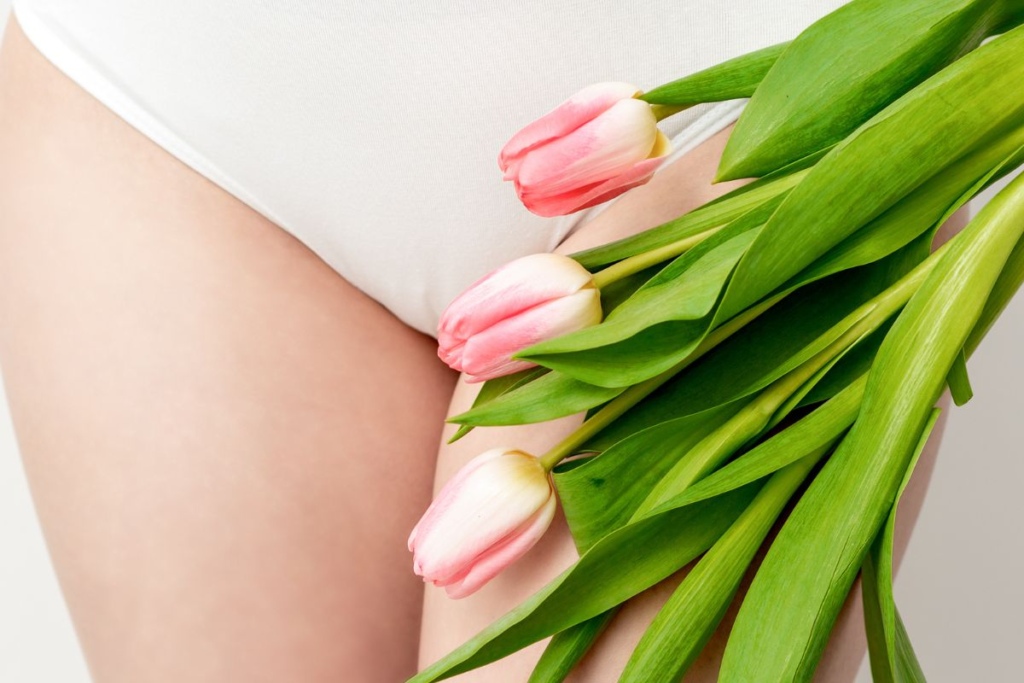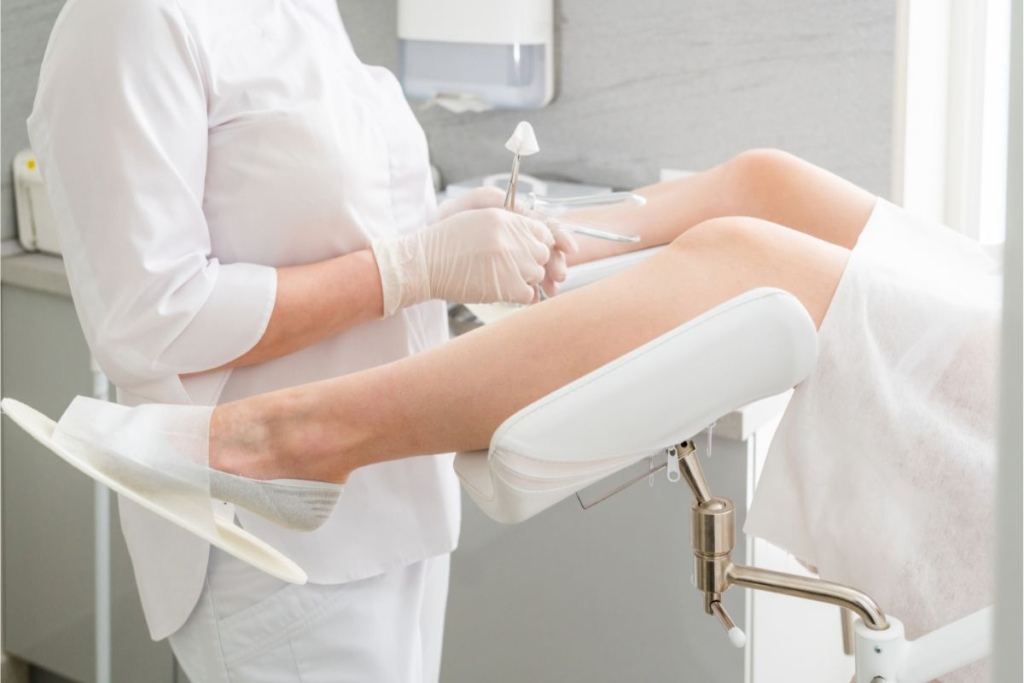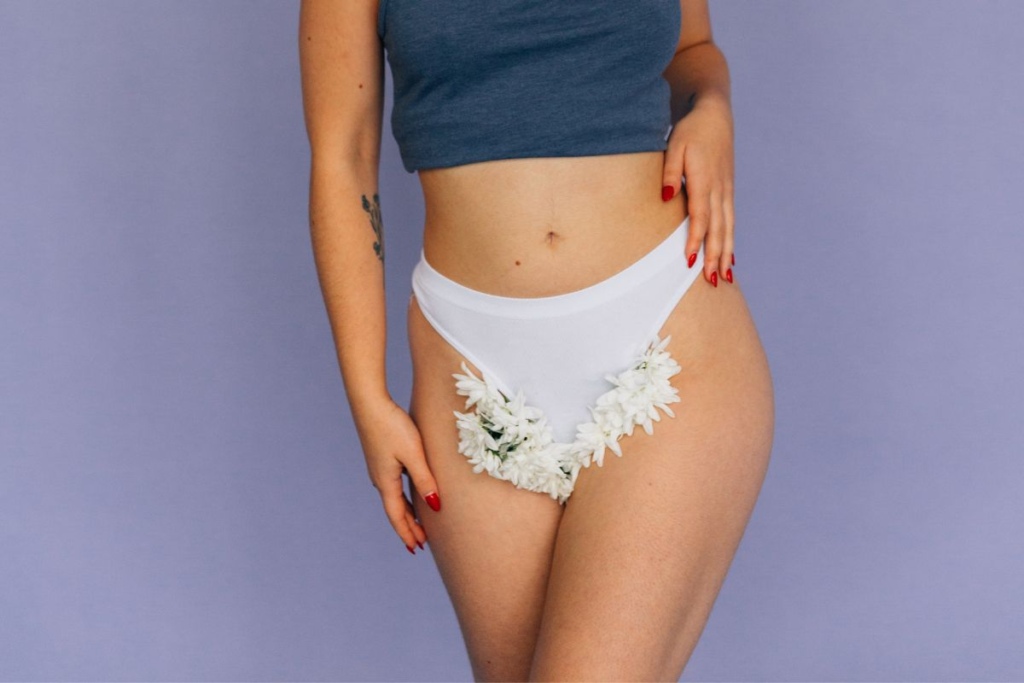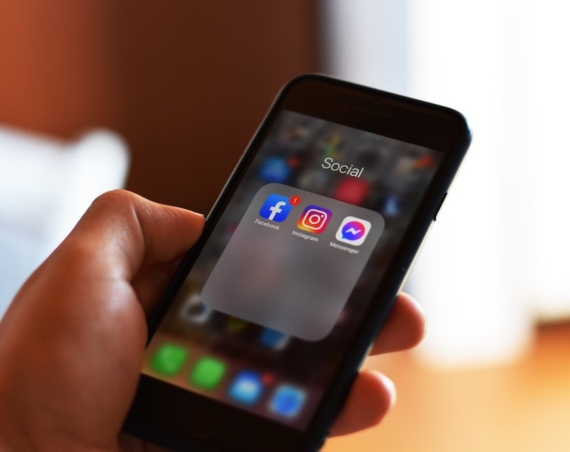If you are one of the many women who have noticed that your vulva skin has gone darker recently, then you may consider vaginal bleaching.

But what is vaginal bleaching? This process of lightening your vulva skin with creams, lotions and other treatments can carry serious health risks.
In this practical guide, we find out what vaginal bleaching involves and how safe vaginal lightning is.
What Is Vaginal Bleaching?
Vaginal bleaching is a procedure that lightens the skin of your vulva. With chemical peels, laser treatment and topical creams, you can also brighten your bikini area.
With changing beauty trends, vaginal bleaching has become more popular in recent years. However, this treatment around the most sensitive area of your body can have life-changing health risks.
Vaginal bleaching products widely available may not contain real bleach but they have bleaching ingredients that could damage the sensitive skin of your vulva and bikini zone.
Before you consider using any of these special vaginal lightening products, it is important that you find out more about the side effects.
Why Do Women Undergo Vaginal Bleaching?
The main reason women consider vaginal lightening is to make the skin around their vulva the same color as the skin of the rest of their bikini zone and beyond.
However, different parts of the body contain different skin pigments that lighten or darken over time with exposure to the sun or age.
Plus, a woman’s vagina continually changes naturally and it never stays the same color.
There are many reasons why the color of your labia, vulva or vagina changes, including hormonal fluctuations during menopause or perimenopause or pigmentation changes during pregnancy.
These varying vaginal colors throughout a woman’s life are natural and they don’t typically require any treatment.
How Does Vaginal Bleaching Work?

There are a number of different vaginal bleaching methods. The majority of women who consider this treatment often go for over-the-counter products that you can do at home.
According to the packing instructions, women should apply a skin-lightening cream onto the skin area around their vulva or bikini zone for between 4 and 6 weeks.
These serums contain anti-inflammatory steroids and Retinioc acid that reduces activity in the pigment cells in the applied areas.
As pigmentation cells can become active again after the treatment ends, vaginal bleaching requires continual application.
Some women also opt for laser treatment around the vagina to treat areas they couldn’t reach on their own at home, such as the perineum, labia majora, labia minora or groin creases.
Vaginal laser treatment is always done with a micro-pulsing laser at a salon. The laser damages the pigment cells leading to crusting or scabbing.
Does Vaginal Bleaching Use Real Bleach?
No, vaginal bleaching products or treatments don’t use real bleach as this would cause burning and scarring.
However, there is no research yet on the specific side effects of bleaching ingredients in lightening creams.
Does Vaginal Lightening Hurt?
Yes, vaginal bleaching can hurt. Depending on the product or treatment you used, you may experience pain, itching, red skin or allergic reactions.
The severity of the side effects depends on what you have used, what body part you treated and how long you used it for.
In addition to the short-term reactions, you may also experience long-term effects from vaginal bleaching, such as dry skin in your bikini zone and tightness around your vulva.
Is Vaginal Lightening Safe?
Generally, vaginal bleaching is not always considered safe as there is no research on the effectiveness and safety of vaginal lightening products and treatments.
In addition, the efficacy of vaginal bleaching depends on a variety of factors including your personal body chemistry, how long you use the product and who is supervising the treatment.
As a rule of thumb, laser vaginal bleaching or salon-supervised creams are often believed to be safer than at-home alternatives.
Can You Do Vaginal Bleaching Safely At Home?
No, vaginal lightening isn’t considered safe and you can’t safely lighten your intimate areas with home treatments.
The labia, vulva and other parts of your vagina are extremely sensitive. This means that you can easily damage them with acidic creams, lotions and chemical substances.
Even over-the-counter serums that claim to be suitable for sensitive skin can adversely affect this vulnerable skin leading to yeast infections, swelling or burning.
If you want to try vaginal bleaching at home, then make sure to try the cream or serum on your arm first.
While there is no guarantee that your bikini zone reacts in a different way, it can give you a good indication.
Is Vaginal Bleaching Treatment Safer At A Salon?

Although salon-based vaginal bleaching is slightly safer than at home, it also carries a number of risks.
The vagina is a sensitive area that’s prone to infection, so if a salon doesn’t follow strict hygiene procedures, then you may experience bacterial infections.
In addition, vaginal lightening treatment at a salon can burn the vulva or cause pain in your intimate zone. You may even notice scarring on the clitoral hood which can affect your sexual performance.
Are There Any Health Benefits To Vaginal Bleaching?
No, there are no known health benefits to vaginal bleaching. However, in some cases, women may experience a sense of relief or happiness that their intimate area looks lighter.
They may also feel more confident in their appearance. However, these mental health benefits often don’t last very long as the desire for a lighter vulva is often rooted in a false self-image or sexist ideals.
The American College of Obstetricians and Gynecologists (ACOG) strongly advises women to read about the potential risks and complications related to vaginal bleaching.
There is no medical research or safety procedure around vaginal lightening treatments.
Potential Risks Or Side Effects Of Vaginal Bleaching
There are a number of serious health implications from vaginal bleaching. You may experience vaginal irritation, burning, swelling or inflammation.
Some women also suffer from bacterial or yeast infections after they lightened their vulva.
Plus, this treatment can result in permanent scarring which could make the skin in your intimate area feel tight while walking or during sex.
Some women also reported a total loss of sensation or over-stimulation around their vulva after vagina lightening.
While some of these symptoms may disappear after a woman stops treatment, some side effects are permanent. This means that a doctor can’t reverse them.
Top Tips On How To Make Your Vaginal Bleaching Safer
If you are determined to have a vaginal lightening treatment, then here are some essential tips to ensure you avoid any adverse complications.
Get The Work Done By A Professional
Accessing your vaginal area is difficult, so you can’t really see what you are doing. That’s why it is a good idea to go to a laser center or a salon to get the bleaching done.
Consider The Risks Carefully
Vaginal bleaching comes with a lot of risks and it is important for women to fully understand the consequences of this treatment.
Final Thoughts
Now that we answered “What is vaginal bleaching?”, a final word for all women who consider this treatment. It is perfectly natural to see the color of your vagina change over time. It is part of you and your beautiful body.
While long-term pigmentation changes aren’t anything to worry about, you may want to contact your doctor if you observe sudden changes in your vaginal area.



